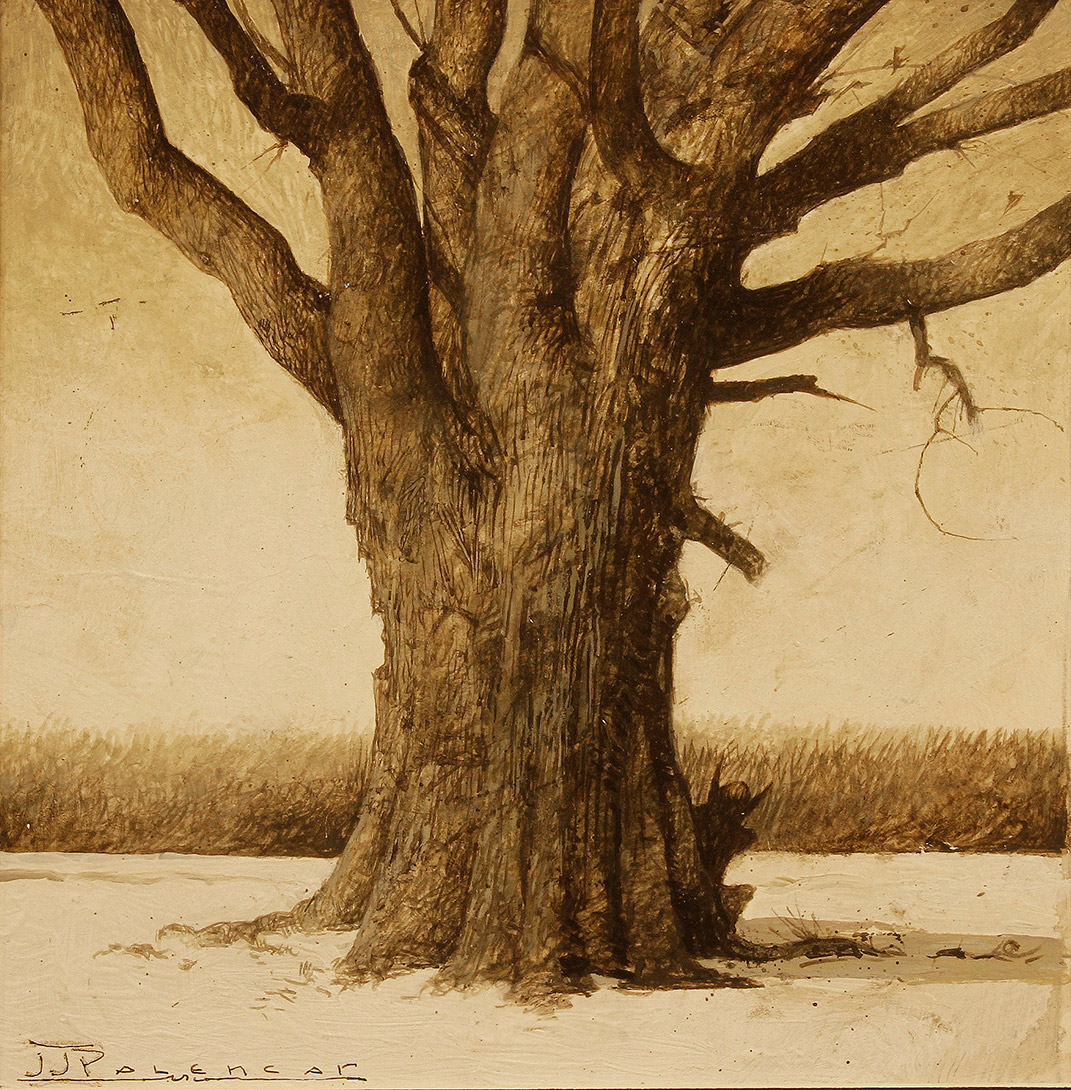 |
|
“Tree Goblin, John Jude Palencar, Watercolor and gesso, 8.22″W x 8.32″H
|
When I first began to seriously develop my art I was in high school. Transparent watercolor was the chosen medium of my art teacher Frederick C. Graff. Over the years I have moved away watercolor and used pastel, egg tempera, oil…finally settling on acrylic. Occasionally I will paint an oil or egg tempera… mostly, I’ve worked in acrylic. It suits the illustration field and my artistic temperament.
Recently I decide to visit the past through watercolor. Realizing that I have been away from the watercolor medium for so long and that it would take a bit of time to acclimate my watercolor senses to their former sharpend perception. I was shocked to find out that it would not be as easy as I had thought it would.
Since my absense the world of watercolor paper has changed in some cases, drastically. It seems that certain manufacturers have cut corners and now produce inferior papers. Others have changed recipes for economic reasons (?). Since I am at the beginning of a new search for a selection of papers. I will have to find my old favories to see if they have undegone any alterations to their cellulose personalities.
Following, are my first attempts. Even though these are watercolors they are not of a pure nature… meaning, I have introduced an opaque medium such as gesso or gouache and even a touch of acrylic or ink. However they are about fifty to seventy percent watercolor. Depending upon the area of the painting you’re looking at! While they were intinally approached with true watercolor methods in mind, I had to change my approach due to the aggravating attributes of the watercolor paper & probably my long forgotten knowledge.
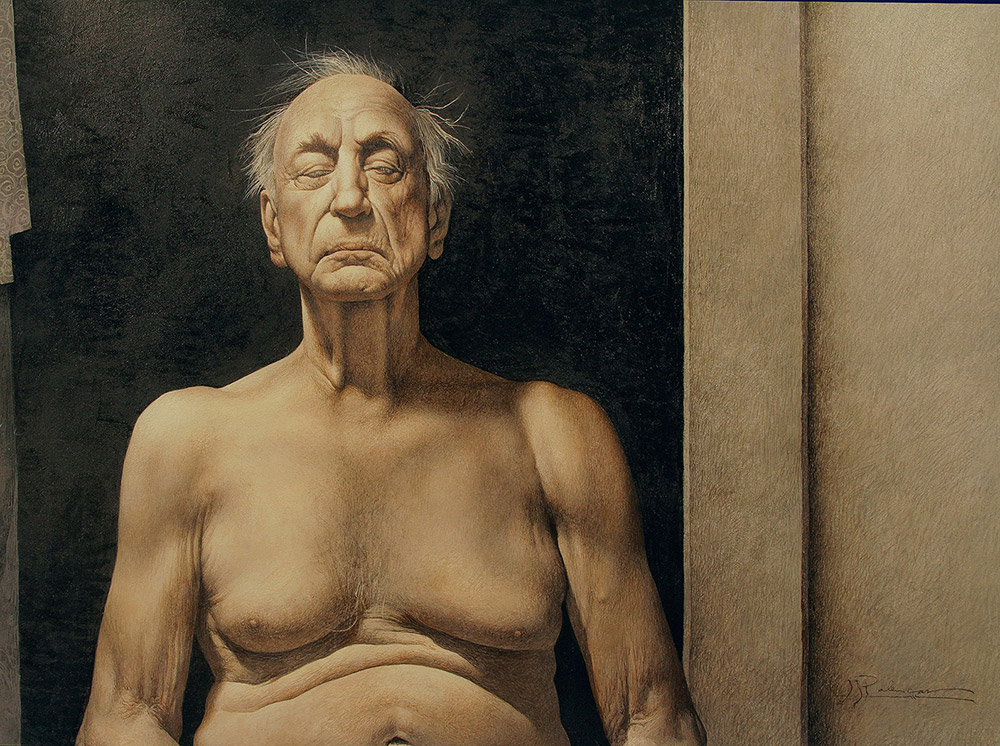 |
| “Centurion”, John Jude Palencar, Watercolor, Gesso & ink, 19.75″W x 15.25″H, Hotpress WC paper. |
I had purchased a 300lb hot & coldpress paper. You would think for the cost and weight of this unnamed paper that it would have insured an admirable result. A decent paper should be able to take a beating from a number of common watercolor techniques. But it failed miserably. I was able to rescue each attempt by introducing and opaque medium. If I hadn’t these attempts would have been completely lost in a sea of mud and chewed up surfaces. I guess it’s an opaque rescue.
To render something with pure transparent colors yields wonderful effects and beautiful results – That is my goal.. Therefore these attempts are only the beginning (again).
Part of my reason for using opaque mediums in these work was due to the failure of the paper. I will not mention the manufacturer. But it simplying did not have enough sizing in it. The paper acted like blotter paper. A good watercolor paper should not behave in this manner. I’ve spoken to other illustrators and painters about this…. They all confirm that some papermakers are cutting corners in their manufacturing process. I don’t know if this is because of enviormental regulations or simple cost saving shortcuts.
I do know there are good papers still out there….. please help me find them…..
Hey – if anybody knows of a decent watercolor paper. (or watercolor board)… Please comment and list what you like about the paper and what you don’t like. Please list the sheet sizes too.
Thank you –
JJP
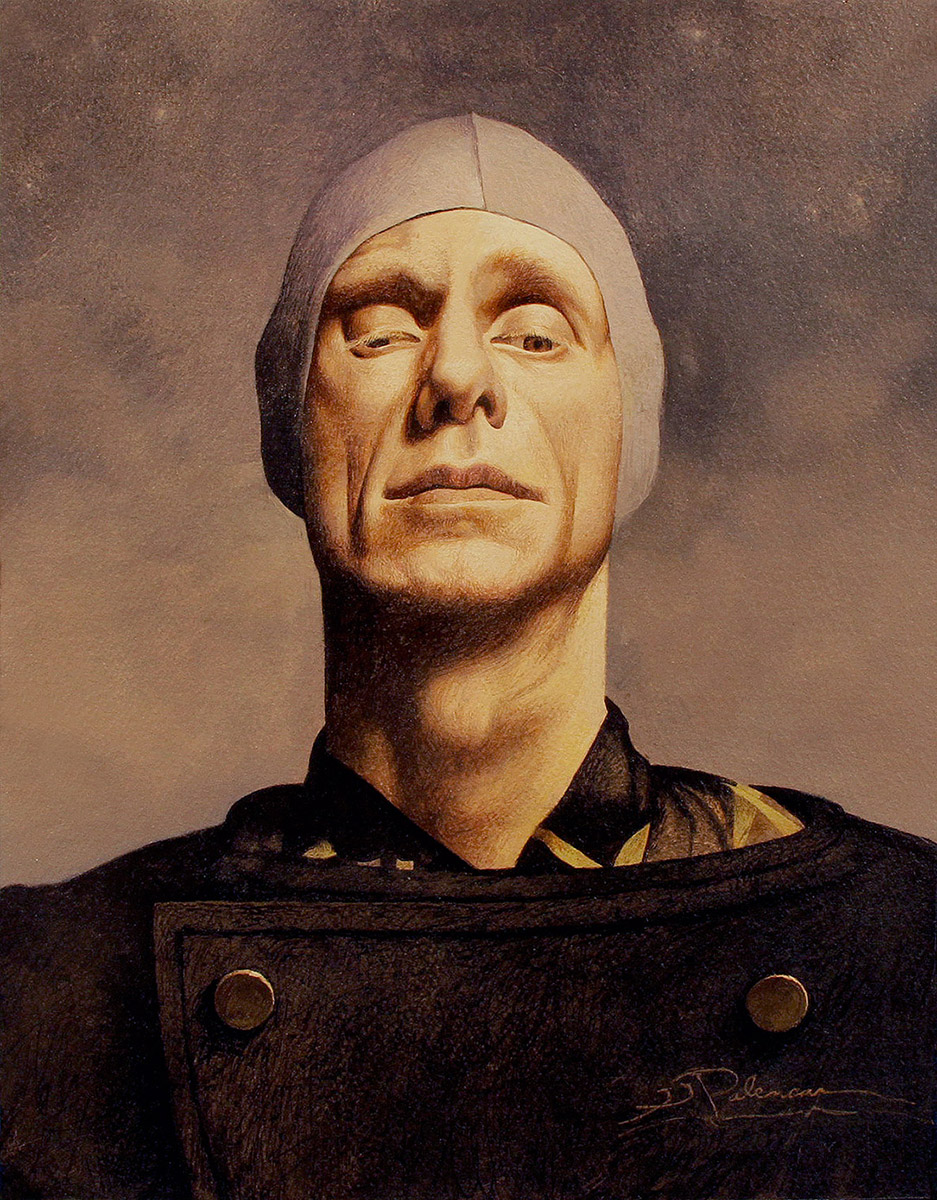 |
| “Pripyat”, John Jude Palencar, Watercolor & white gouache, 10.25″W x 13.00″H, Coldpress WC paper. |


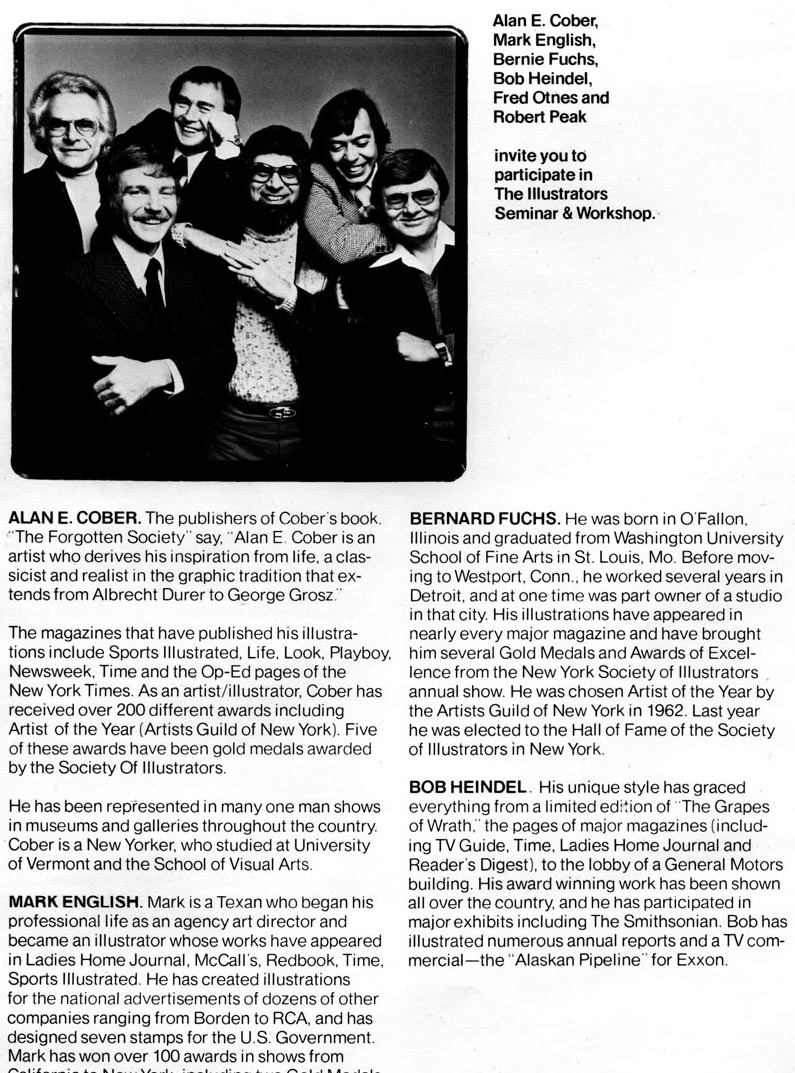
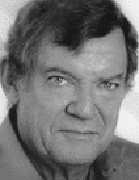
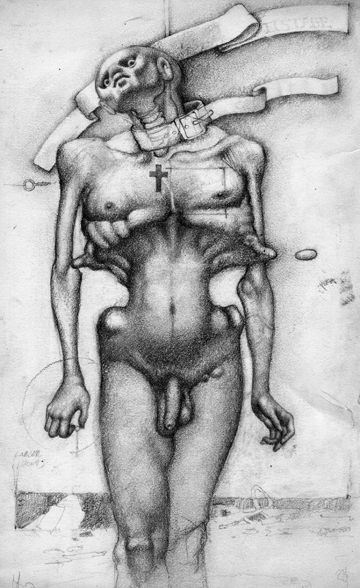
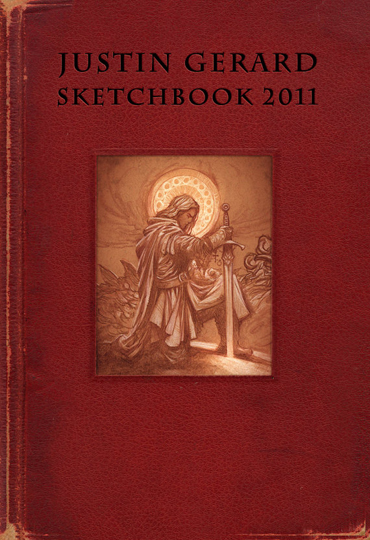

Thanks for this post! These paintings look excellent! You 'saved' them really well 🙂
While not a watercolorist myself, the beginning when painting in acrylics can however be compared (somewhat) to watercolor techniques, and I find Arches hot pressed 300gsm / 140lb very nice for it. At that weight it still needs to be stretched though. 640gsm / 300lb of the same make does not feel good, like cheap absorbent card stock, almost 'furry' to the touch. Sheet sizes are usually 56x76cm / 22x30in but one can get smaller, bigger, blocks rolls, etc.
I do love Arches paper, but nothing above or below 300gsm / 140lb.
Good luck!
http://www.dickblick.com/products/saunders-waterford-watercolor-sheets/
First of all, the paintings look great even though you had to save them! I can understand the desire to want to accomplish it using only transparent paint however. Personally I have also been mixing and going back and forth between transparent and opaque, watercolour and gouache, and it can definitely get muddy, I find that I am moving more in the other direction though, in using more and more gouache, I guess I like that opaque look and it also suits my temperament.
Anyhow! Since you were asking for tips about watercolour paper, I have tried a few, and the best one without doubt has been Saunders Waterford, Hot press 300g(140lb). I can and want to be able to work wet-in-wet, lift, and scrub the paper pretty relentlessly, even with a bristle brush, and I've never had that paper start to give up or dissolve (or whatever you call it when you get little paper-balls start coming off) while other types have.
I wish you the best of luck with finding a paper that suits you and with your future watercolour work! 🙂
Good to hear from you John. Beautiful stuff as always. Have you tried Twinrocker? Hand made and you can order all of the edges deckled. Their site is is kind of difficult to figure out but I find their paper worth it. I'm not a traditional water colorist obviously but the paper behaves well. http://twinrocker.com/
Why not share the manufacturer? It would be helpful to know what to avoid.
It would be good to know who the manufacturer is, and try different ones. You might consider casein in washes, although there is currently only one manufacturer of the paints so you'd be subject to their whims. The stuff acts like a cross between acrylics and watercolor, drying rapidly and impervious to later manipulation once completely dry.
Hi Elena & Wi Waffles – You twisted my arm… the manufacturer is Fabriano. I order both the hot and cold press @ 300lb. The cold press was a bit easier to work with. I was hesitant to reveal the maker because I might have gotten a bad batch. I did order it off of Amazon. I usually work on a hot press (plate, vellum) finish. I was surprised how quickly the paper sucked up the water. Additionally the paper's response to scumbling and some dry brush & bristle brush work fell flat.
Hey Bill – Thanks as always… I'll will definitely look at that one. I'd like to move up in size beyond the normal 22″ x 30″ range. I was also looking at rolled WC paper. I keep seeing these large watercolors that are 40″ x 60″. I know there is a 1114 lb. watercolor paper the comes in 40″ X 60″ sheets. Thanks for the link – just bookmarked it!
Dear John,
I’ve been a fan for somewhere, first seeing your work in SOI Annuals in the 1980’s and thereafter often turning to your paintings in hours of need(!)……As always, lovely to see your work.
With regards to painting in watercolour, which I’ve practised for some 35 years plus I can only use Arches HP 90lb stock. Think I’ve only ever had 1 or 2 rogue sheets in all that time where the size has proved an issue. Noted straight away and able to restretch a fresh sheet it’s that obvious. Have tried most other manufacturers from Saunders to Bockingford, Fabriano to Hahnemuhle but Arches for my practice works hands down every time. Takes washes and glazes really well, you can scuff and scratch and generally be quite abusive without too much distraction. Available in sheets and as a larger roll. It is slightly pricier than the rest but with every penny for piece of mind. NOT and Rough also very nice.
Hi Staffan – Thanks for the Saunders paper suggestion – they were on my search/ purchase list. It's nice to know that even at 140 lb that it can hold up to bristle brush techniques. That's a plus. I will probably try the 300 lb weight.
Hi PA – Thanks for the link. It seems quite a few people have been mentioning the Saunders papers. I've also had a positive experience with the Arches 140 lb paper as well- I just prefer the heavier weighted papers.
Hi Nicolay – Thank you…. also I read your post last. I noticed you mentioned the Arches 140 lb. I did enjoy working on that paper. You did mention that the 300 lb was not as responsive to brush work and absorbed the pigment in a negative way… that is exactly what I experience with the 300 lb Fabriano paper. Not good attribute for a paper to have. Especially since they charge a premium for the heavier weights. Thanks also for that bit of information about the difference between the papers and how paint behaves when applied.
Apparently Fabriano made changes last year:
https://www.jacksonsart.com/blog/2016/06/10/fabriano-paper-changes/
Interesting read:
http://sandrinemaugy.co.uk/2016/08/what-did-happen-to-the-fabriano-artistico-paper/
Hi Chuck – Wow.!.. great find…you validated my experience with the Fabriano papers. Although I had never used it before… something was wrong in the way the paper took the paint and how the washes behaved. Great links and pertinent info. Funny – I just bought a bunch of Raphael brushes from Jackson's in London! Good to do business with them.
The paintings are great. Revisiting media is always an education, and your work is distinctive regardless of the materials.
If you have a paper or board you like which seems a little light on sizing, you could always add some gelatin or PVA size of your own to fortify the surface against sinking in and scrubbing.
Could I ask why you haven't done more with egg tempera? Some of your influences (A. Wyeth and Robert Vickrey) worked with it with great success, and your approach seems to suit the medium well. Is it the hassle of preparing the surfaces and paint? I've been interested in tempera, and would appreciate any feedback you have from your past work. Thanks!
How odd. I wonder if it's Fabriano printing paper rather than watercolor paper – I toyed briefly with etching and stone lithography and that paper feels more like felt than paper, it isn't sized at all because it's supposed to absorb the ink. An untrained buyer/seller could easily not grasp the difference since both would be 140 lb paper. But Ray Cullins is right – that product sounds unsized
Ampersand's Aquabord is excellent! You have to do water washes beforehand to 'clean' it, but it's great and takes a beating. I use Ampersand's aquabord for more solid finished projects, and Arches for play.
By “buyer” I should've written 'reseller' or 'buyer for the online seller'… NOT the end user buyer.
These are fascinating links, Chuck. Thank you for posting them. It's also interesting that Fabriano cares enough to figure out how to fix their product
Hi Ray – I have enough to do without applying additional sizing…. I'd probably muck it up. In regard to egg tempera… I was also thinking on working in that again too. I had done a couple of them with good results. But my efforts were twarted by mold. Yes – I left the paintings in a damp basement at an old rental property. Although Vickery says you can remove the mold by using acetic acid. One of the reasons I stopped, was having to make large panels that wouldn't warp. Now days there are numerous makers of panels that can be purchased. I already have the beautiful powered pigments (some rare ones too). My focus is also on larger works so I may start working in oils again. I exhibited with Vickery when I was a junior in art school. He was the featured artist in the group exhibition. He made fun of my painting because I had used plexiglass ( he hates that). He said he could comb his hair looking at his reflection the plexiglass. I then told him it was a watercolor and replied.. oh?
Hi Elena – No – it was clearly labeled/ marked in a commercial package and listed appropriately. See Chuck's comment/ post above for the potential answer.
Hi Melanya – Thank you .. I'll have to look into this one too. Being able to use bristle brushes is another positive trait I require. I have some of their clayboard that can, I think, be used for egg tempera. Another friend I know works on a Crescent watercolor board. They now make it with a neutral PH substrate. I stopped using it years ago be cause the paper was mounted to an acidic cardboard. Spellcheck was playing havoc with your name!
John great post and great responses so far. For more traditional watercolor I have always liked Arches and Saunders papers. Also Strathmore Illustration board takes watercolor really well. Personally I find there is nothing wrong with adding some white gouache but that is me. One thing you might want to look into is the Burt Silverman Watercolor Technique where he can lift and make lot of changes on the fly. It is an extremely versatile way of handling watercolor. His book Breaking the Rules of watercolor as well as the dvd painting the figure got me excited to experiment with watercolor again. Happy painting – (here is a trailor for the dvd ) https://www.youtube.com/watch?v=bOiAyf_K_xg
Fabriano is definitely different. The botanical artist community actually has been very upset about it and had a meeting of some members of various botanical painting groups with fabriano representatives in Italy. The result of which was fabriano acknowledged they had changed their process and was working to recreate the paper every loved from before. This far no actual change back though. But they have been responsive at least and have been willing to work with artists to understand what the difference is.
Hi John, a great watercolour paper to use is the Fluid Watercolour paper http://globalartmaterials.com/fluid.html it comes both as Cold Press and Hot Press at 300gsm. It seems like a good alternative to Arches and Fabriano. I've heard of at least 2 artists -Stephanie Law and Iris Compiet- raving about it so I've started using it myself and am quite happy with it's handling of many washes, plus compared to Arches it's very economical! Something else you might want to try is Daniel Smith Watercolour Ground, it acts like a gesso but creates an absorbent surface to work on that's great for watercolour. Art Spectrum also sells a paper that can be used for watercolour (though I think most artists use it for pastels) called Colourfix Smooth (which also is sold as a primer similar to the watercolour ground by Daniel Smith) http://artspectrum.com.au/products/colourfix-smooth/ enjoy experimenting!!
Hahah, i find it funny that, before reading the comments, i knew exactly which paper you were talking about, as i just ran into that problem myself with a heavyweight Fabriano. I use Arches hot press almost exclusively nowadays, but they discontinued their illustration board (i found it online though, and now have almost a case coming to me), and i needed to start on the piece immediately, so i tried the Fabriano.
It was a mess. Thank god i was working in gouache for this piece, because if i'd have to use that crap for a finished watercolor piece, at the cost i paid for that stock, i would've slapped someone.
Long story short, Arches hot press is my go to for cover work and such. I've yet to find a stock that handles the abuse i toss at that stuff better.
What do you think about Crescent Board #115 140lbs hot press?
Gosh – I haven't checked this posting in awhile. I am surprised to see a couple more helpful fellow water media people have posted additional suggestions and related info.
Thank you Matt – Burt Silverman has been one of my favs since art school.. and that's many years ago. (don't remind me!)
Hi Belinda – Thank you for your suggestions too. I use to know all of the “cool” papers but have lost touch since I've been painting on wood or cradled panels.
Hi Meghan – A fellow victim of bad paper – ha! I prefer to work on heavier paper. I have worked on the Arches 140lb which isn't bad but I do worry about my aggressive washes and scrubbing techniques.
Thank you all for increasing my knowledge base.
You're welcome! I was having a conversation recently with some friends on Facebook talking about painting with watercolours on Illustration Board (I've always had problems with it) and they recommended “500 Wet Media Strathmore illustration board” (the artists Emily Hare and Matt Dicke recommended it) which is 100% rag not a glued down paper on to a brown cardboard (like Crescent Illustration Board) apparently you can paint on both sides of the strathmore and it also comes in Bristol. Can't wait to see what you end up creating! 🙂